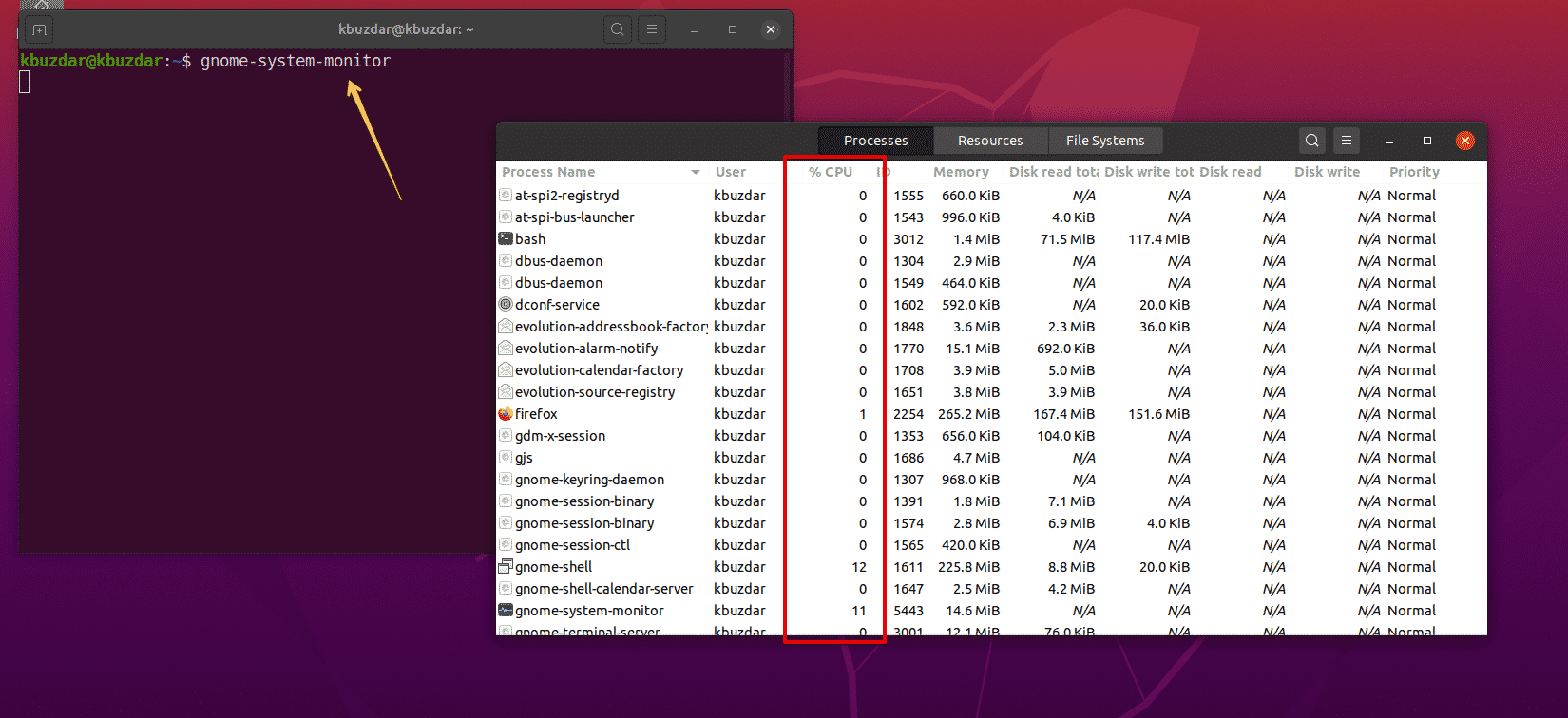
When running in fallback mode, the sensor tries to connect via performance counters again after 24 hours. You can change the default behavior to a hybrid approach in the Windows Compatibility Options of the parent device's settings on which you create this sensor: if you choose this option, the sensor first tries to query data via Windows performance counters and uses WMI as a fallback if performance counters are not available. Hybrid Approach: Performance Counters and WMIīy default, this sensor uses WMI to request monitoring data.

However, WMI connections might still work.

Otherwise, a connection via performance counters is not possible. If you use local credentials, make sure that the same Windows user accounts (with the same user name and password) exist on both the probe system and the target system. We recommend that you use Windows domain credentials. This sensor requires credentials for Windows systems in the settings of the parent device. In the list, find the respective service and set its Start Type to Automatic. To enable the service, log in to the respective system and open the services manager (for example, via services.msc).

If this service does not run, a connection via performance counters is not possible. To work with Windows performance counters,this sensor requires that the Remote Registry Windows service runs on the target system. This is necessary because the PRTG probe service only runs with 32-bit support. This allows 32-bit applications to be run on 64-bit systems. WoW64 must be installed on target systems that run Windows Server 2016. To work with Windows performance counters, this sensor requires that at least Windows Server 2008 R2 is installed on the probe system (on every cluster node, if on a cluster probe). If you want to use this sensor, add it to a remote probe device. You cannot add this sensor to the hosted probe of a PRTG Hosted Monitor instance. This sensor requires credentials for Windows systems in the settings of the parent device.



 0 kommentar(er)
0 kommentar(er)
